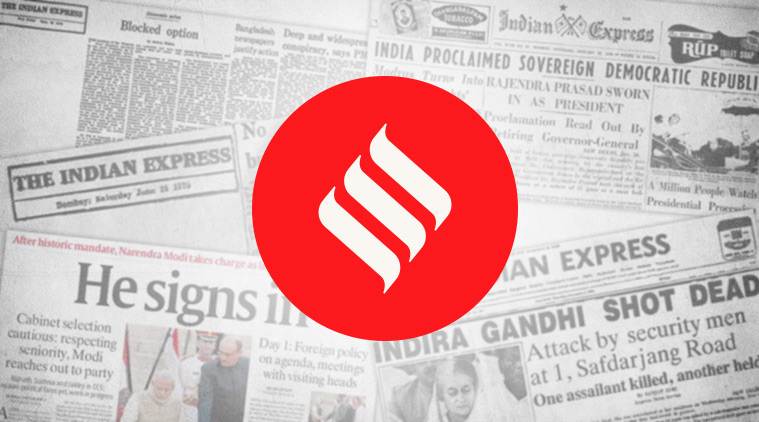
On Monday, after Finance Minister Arun Jaitley’s address to the RBI board on the interim budget, Governor Shaktikanta Das said that the central bank would discuss the issue of transmission of rates with banks this week. It has been over 10 days since the repo rate was cut by 25 basis points. The RBI appears concerned that credit flow has not been broadbased.
The move to nudge banks to lower rates comes at a time when the latest data from the Central Statistics Office shows annual consumer price index (CPI) inflation to have touched a 19-month-low of 2.05 per cent, which is half of the RBI target. While the decline is largely on account of food inflation — which has now been negative for four successive months — it has, nevertheless, fueled expectations of the RBI effecting yet another cut in its benchmark repo or overnight lending rate. Most market players and analysts are not ruling out a fresh 0.25 percentage point reduction in April, before the coming Lok Sabha election. The possibility of further monetary easing has been reinforced by the release of the latest industrial production data for December, which shows a year-on-year growth of just 2.4 per cent.
The overall trajectory of inflation in India forcing even an otherwise conservative RBI to reassess demand conditions in the economy comes at a time when global policymakers, too, are reviewing their earlier monetary policy “normalisation” stance in the face of a slowdown in China and Europe. Until late last year, the bets were on the US Federal Reserve raising rates at least a couple of times this year. But the chairman of the world’s most powerful central bank, Jerome Powell, has signaled that the Fed will now be “patient” when it comes to raising rates, after looking at headwinds to growth in major economies. Even the IMF, which, just over a year ago, talked of a “synchronised” global growth recovery, has warned of a bumpy road ahead.
Simply put, India may well enter the election season with low inflation (more so, in food) and falling interest rates, apart from a strong rupee and stable global crude prices (which were both worries only four months ago). This should ordinarily be good news for a ruling party. But when low or negative food inflation is also synonymous with agrarian distress and the RBI and, in turn, banks being under pressure to slash interest rates (despite fiscal slippages on the part of the Centre as well as states) a sign of weak growth, investment and job conditions, matters become more complex. In the past, staying the course on macroeconomic stability has always proved beneficial for the Indian economy. There is no reason to assume otherwise in today’s uncertain times.